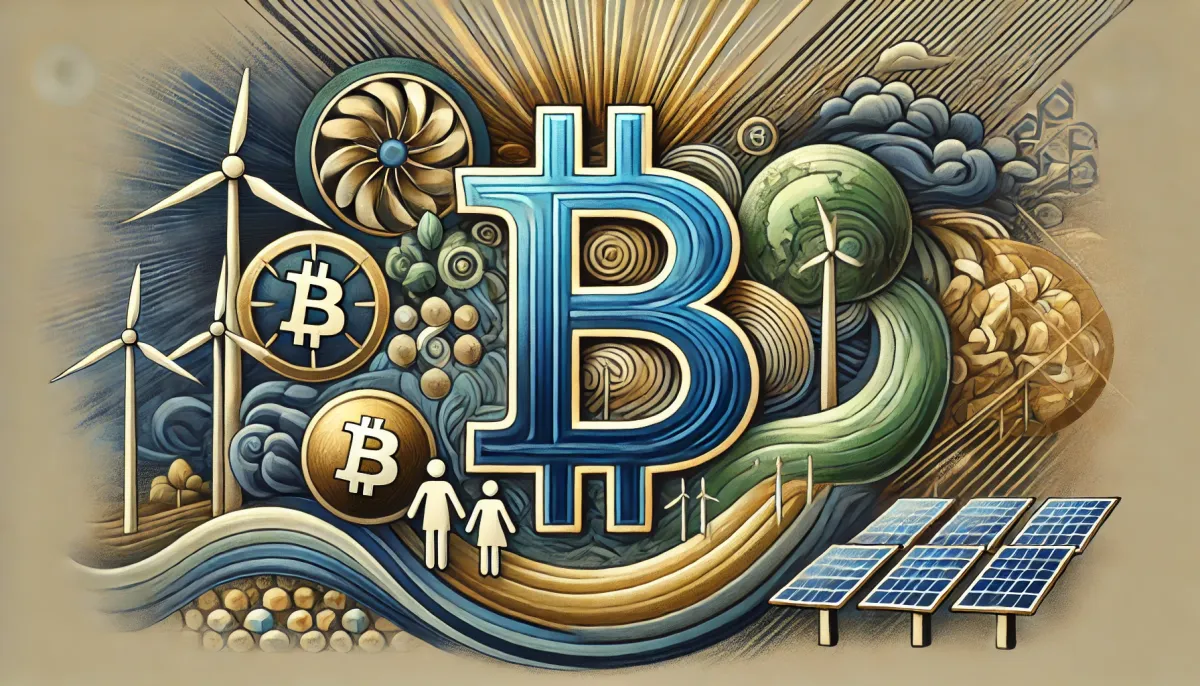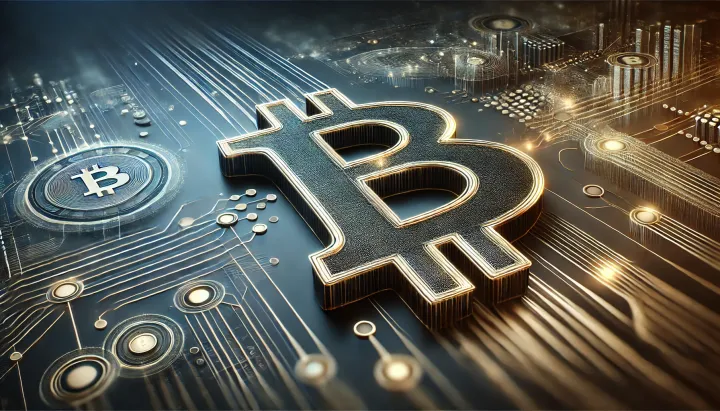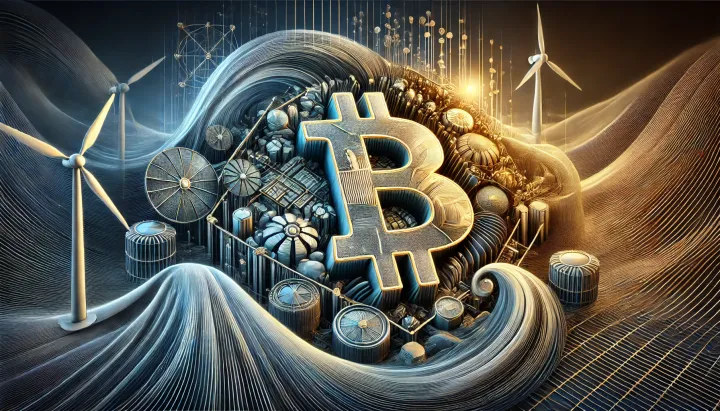Renewable Energy and Bitcoin: Strategic Integration in Ireland
The March 21, 2025 presentation by Niall Burke examined how surplus renewable energy in Ireland can be transformed into economic value through Bitcoin mining.

- My 'briefing notes' summarize the content of podcast episodes; they do not reflect my own views.
- They contain (1) a summary of podcast content, (2) potential information gaps, and (3) some speculative views on wider Bitcoin implications.
- Pay attention to broadcast dates (I often summarize older episodes)
- Some episodes I summarize may be sponsored: don't trust, verify, if the information you are looking for is to be used for decision-making.
Summary
The March 21, 2025 presentation by Niall Burke examined how surplus renewable energy in Ireland can be transformed into economic value through Bitcoin mining. The discussion highlighted challenges in grid stability, regulatory reform, and technological scalability while emphasizing Bitcoin’s role as a flexible energy buyer. The insights from Burke provide a roadmap for aligning energy policy with innovation in Bitcoin networks.
Take-Home Messages
- Surplus Energy Monetization: Bitcoin mining converts excess renewable energy into economic value while stabilizing grid operations.
- Demand Response Flexibility: Mining operations can rapidly adjust consumption, reducing peak stress on energy networks.
- Regulatory Barriers: Reforms such as enabling private wiring are essential to streamline direct energy transfers for mining.
- Scalability and Efficiency: Technological enhancements are needed to support growing renewable capacity and maintain network security.
- Economic and Environmental Synergy: Integrating Bitcoin mining with renewable energy enhances sustainability and drives competitive market advantages.
Overview
The presentation by Niall Burke detailed how Ireland’s surplus renewable energy, arising from mismatches between supply and demand, can be monetized via Bitcoin mining, turning waste into a valuable resource. Burke explained that by engaging Bitcoin mining, surplus energy contributes to grid stability and revenue generation.
Burke outlined Bitcoin’s function as a decentralized digital monetary network secured through energy-intensive proof of work. He stressed that this system not only underpins monetary scarcity but also acts as a dynamic energy buyer capable of instant demand response.
A significant part of the discussion addressed the challenges of regulatory and infrastructural constraints. In particular, the inability to implement private wire connections was cited as a key barrier to efficient energy transfer from renewable sources to mining operations.
Burke projected that overcoming technical and policy obstacles will be critical to harnessing Bitcoin’s potential for grid stabilization. This vision includes scalable network solutions and integrated demand-response strategies that align with broader sustainable development goals.
Stakeholder Perspectives
- Renewable energy developers see new revenue streams but require clearer regulatory frameworks.
- Grid operators appreciate the potential for flexible demand response, though they demand robust system reliability.
- Policy makers must balance innovation incentives with market stability and consumer protection.
- Bitcoin mining firms anticipate operational efficiencies that can enhance profitability through energy arbitrage.
- Investors are interested in the dual benefits of sustainable energy utilization and digital asset growth.
Implications and Future Outlook
The presentation underscores that leveraging surplus renewable energy through Bitcoin mining can significantly improve grid stability. Enhanced demand response may reduce the need for costly backup power sources and mitigate blackouts, a crucial factor in energy markets.
Regulatory reforms are pivotal to realigning existing infrastructure with innovative mining operations. Streamlining policies to allow for direct energy use on-site can lower operational costs and boost the economic viability of renewable projects.
The integration of these systems is expected to transform energy management strategies in Ireland and beyond. With scalable technological adaptations, the model may foster international competitiveness in renewable energy markets and accelerate the transition to greener, more resilient infrastructures.
Some Key Information Gaps
- How can surplus renewable energy in Ireland be optimally redirected to Bitcoin mining operations? This question is critical because it addresses the potential to transform waste into value while enhancing energy utilization efficiency. The answer could drive policy and technical solutions that stabilize local grids and promote sustainable growth.
- In what ways can Bitcoin mining be integrated into demand response programs to enhance grid stability? This question stands out as it links mining operations directly to grid management, potentially reducing blackouts and balancing supply and demand. Its resolution would have significant implications for both energy market regulation and operational reliability.
- What specific regulatory reforms are needed to allow private wire connections for renewable projects to directly support Bitcoin mining? This question is essential due to its focus on addressing structural barriers that hinder operational efficiency and cost-effectiveness. Its answer could lead to regulatory adjustments that foster innovation and financial sustainability.
- How can technological adaptations ensure Bitcoin’s infrastructure scales effectively alongside increasing renewable energy production and mining activity? This is an important question as it targets the technical integration and scalability issues that could hinder future growth. Addressing this will be crucial for maintaining network security and operational efficiency as the energy landscape evolves.
- What metrics and models can accurately assess the economic viability and environmental impact of integrating Bitcoin mining with surplus renewable energy? This question is vital because it offers a framework to quantify both financial and ecological benefits, enabling stakeholders to make informed decisions. Its answer would guide strategic investments and policy measures across multiple disciplines.
[see the mining research needs paper I led for more on info gaps]
Broader Implications for Bitcoin
Bitcoin as a Grid Stabilizer
The integration of Bitcoin mining with renewable energy presents an opportunity for the digital monetary network to act as a real-time grid stabilizer. This approach could reduce the need for expensive peaking power plants and lower overall energy costs, enhancing national energy security. In the long term, it may set a precedent for innovative demand response strategies globally.
Regulatory Modernization for Energy Innovation
Addressing infrastructural and regulatory barriers can unlock significant economic and environmental benefits. Modernizing regulations to allow direct energy transfers will not only improve operational efficiency but also catalyze broader investments in renewable projects. Such changes are likely to stimulate innovation and competitiveness in energy markets, positioning countries as leaders in sustainable technology.
Economic Transformation through Dual-Use Assets
Bitcoin mining, when coupled with renewable energy, transforms what is traditionally seen as energy waste into a dual-use asset. This synergy can drive sustainable economic growth by creating additional revenue streams and reducing environmental impacts. The approach encourages a more integrated view of energy use where digital and physical asset management converge to support long-term prosperity.



Comments ()